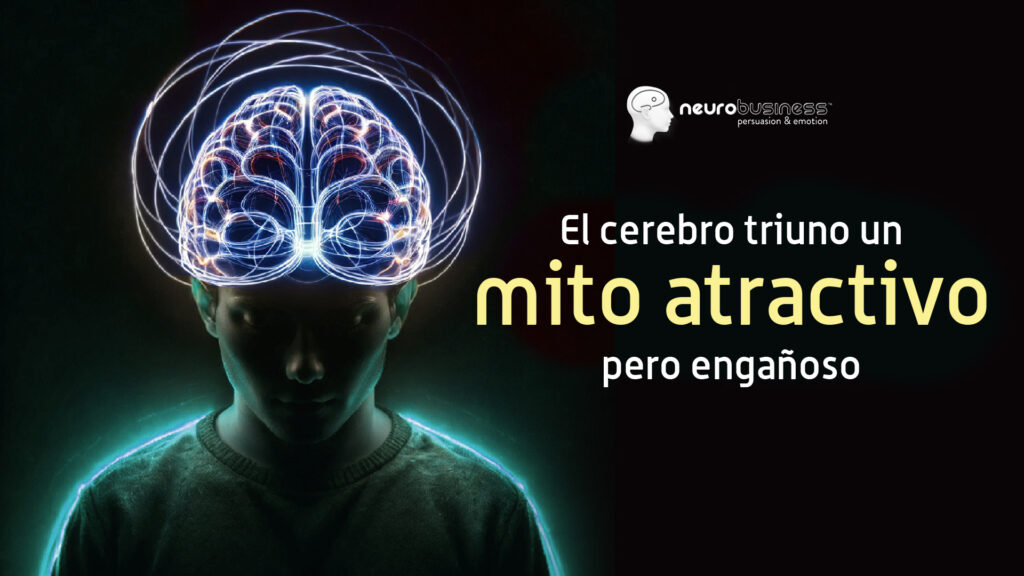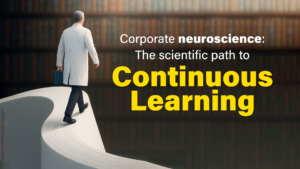
For years, the triune brain theory, with its division into three evolutionary layers—reptilian, limbic, and neocortical—has served as an appealing but deceptive narrative. However, recent research, such as that by Steffen, Hedges, and Matheson (2022), Pogliano (2017), and Basma et al. (2020), has challenged this simplistic view, revealing a brain far more dynamic and adaptive than we ever imagined. Join me as we delve into this fascinating and mysterious revelation, where the brain is presented not as an evolutionary relic but as an ever-changing organ.
The Appeal of Simplicity: The Triune Brain as a Popular Myth
The idea that our brain is divided into three parts, like an onion with different layers, is quite tempting. This theory, popularized by Paul D. MacLean in the 1960s and 1970s, suggests that:
- The reptilian brain is the oldest part and is responsible for our basic instincts, such as survival and reproduction.
- The limbic system is responsible for our emotions and memories.
- The neocortex is the newest and most evolved part, responsible for rational thought, language, and planning.
Although this idea simplifies the complexity of the brain, it was very popular because it offered an easy-to-understand explanation of how our mind works.
Nonlinear Evolution: The Brain Did Not Develop in Layers
However, more recent studies have shown that this view is overly simplistic. Our brain did not evolve like an onion, with one layer on top of another. In reality, different areas of the brain developed at the same time and in response to different needs. Imagine our brain more like a mosaic, where each piece plays an important role and is connected to the others.
Debunking the “Reptilian Brain”: Complex Responses to Instinct
The idea that we have a part of our brain dedicated exclusively to primitive reactions like fear or anger has been discarded. Although it is true that certain areas of the brain, such as the brainstem, are involved in these responses, they are not the only ones. In fact, a wide network of brain regions, including the amygdala and the prefrontal cortex, work together to generate our emotional reactions. It’s as if you had a whole team of experts evaluating a situation before deciding how to react, and not just a primitive security guard acting on instinct.
The Brain as an Integrated Network: Intertwined Emotional and Cognitive Processes
The triune brain theory suggests that our emotions and our rational thought are separate, as if they were two different worlds. However, the reality is that they are closely connected. Our emotions influence our decisions, and vice versa. For example, when we feel fear, our body prepares for action, but at the same time, our rational brain seeks a solution to the problem.
Neurosurgery and Brain Evolution: Perspectives from Basma et al.
Advances in neurosurgery have confirmed that all areas of the brain are connected and work together. This means that damaging a small part of the brain can have consequences for many other functions. This integrated view of the brain has revolutionized neurosurgery and has allowed for the development of more effective treatments for various diseases.
The Evolution of the Brain: More Than the Sum of Its Parts
Instead of thinking of the brain as a simple sum of its parts, we should see it as a complex and dynamic network. Our advanced cognitive abilities did not arise from nowhere, but are the result of millions of years of evolution and adaptation.
The Neocortex is Not Just Rational: Mind-Body Interactions
The neocortex, often associated with rational thought, is also involved in the regulation of emotions and decision-making. Our mind and our body are constantly interacting, and this interaction is fundamental to our experience of the world.
The Adaptive Brain: Flexibility and Neuroplasticity
One of the most surprising characteristics of the brain is its ability to change and adapt to new experiences. This ability is known as neuroplasticity. Thanks to neuroplasticity, our brain can reorganize itself throughout our lives, allowing us to learn new skills and recover from injuries.
The Brain and Stress: Flexible Responses, Not Primitive Ones
When we experience stress, our body releases hormones that prepare us to face a threat. However, our response to stress is not simply an instinctive reaction. The brain evaluates the situation and decides the best way to respond, taking into account both our emotions and our past experiences.
A New Brain Model: Beyond the Triune
In conclusion, the triune brain theory is an oversimplification of an incredibly complex organ. Our brain is a dynamic and adaptive network, where all parts work together to create our conscious experience. By better understanding how our brain works, we can make better decisions about our health and well-being.
Conclusion:
The triune brain theory has been replaced by a more complex and fascinating vision. Our brain is an organ in constant evolution, capable of adapting to a changing world. By understanding this complexity, we can better appreciate the wonder of our mind and the infinite possibilities we have as human beings.
References:
- Steffen PR, Hedges D, Matheson R. The Brain Is Adaptive Not Triune: How the Brain Responds to Threat, Challenge, and Change. Front Psychiatry. 2022 Apr 1;13:802606.
- Pogliano C. Lucky Triune Brain. Chronicles of Paul D. MacLean’s Neuro-Catchword. Nuncius. 2017;32(2):330-75.
- Basma J, Guley N, Michael Ii LM, Arnautovic K, Boop F, Sorenson J. The Evolutionary Development of the Brain As It Pertains to Neurosurgery. Cureus. 2020 Jan 23;12(1):e6748.


